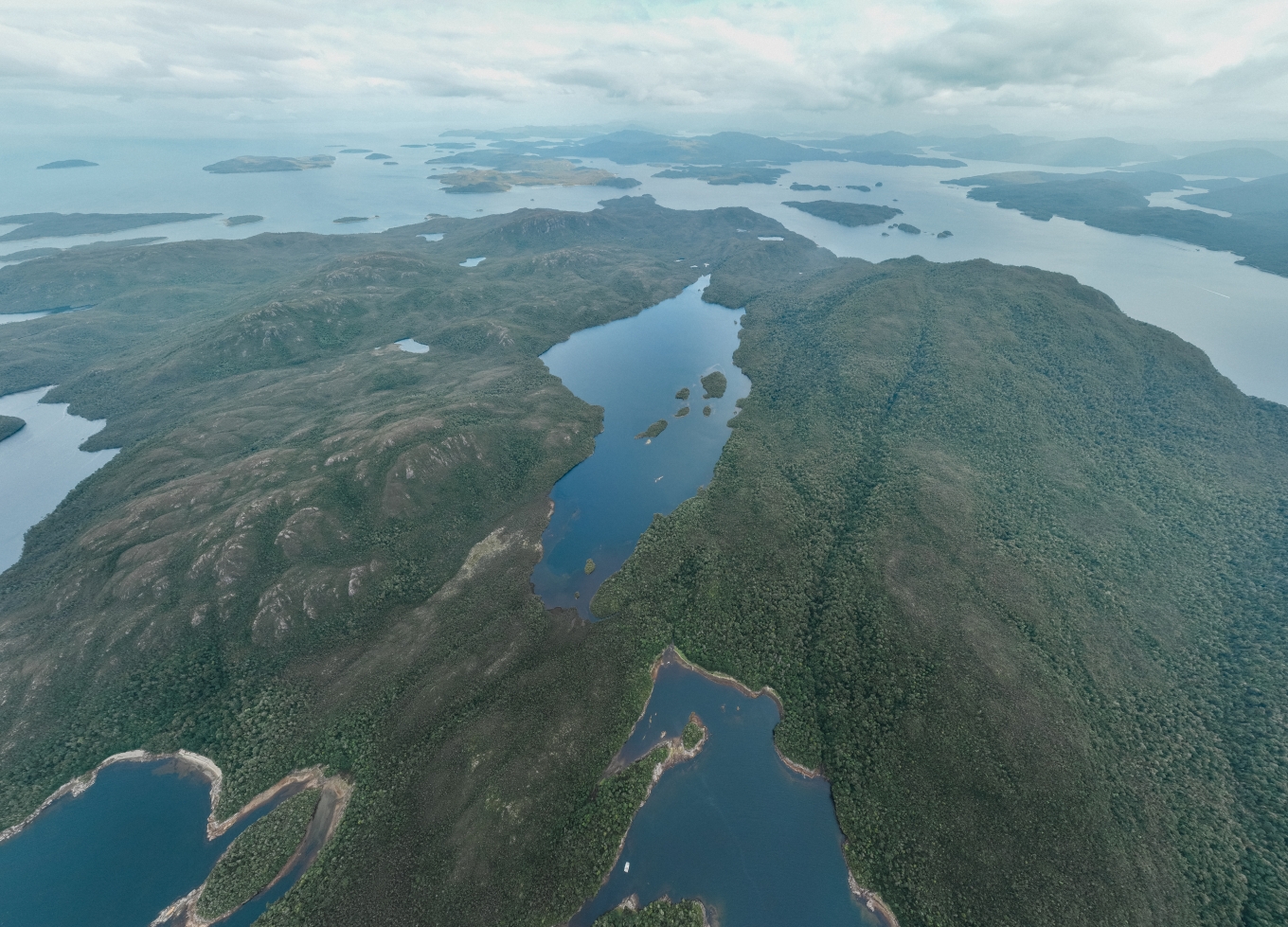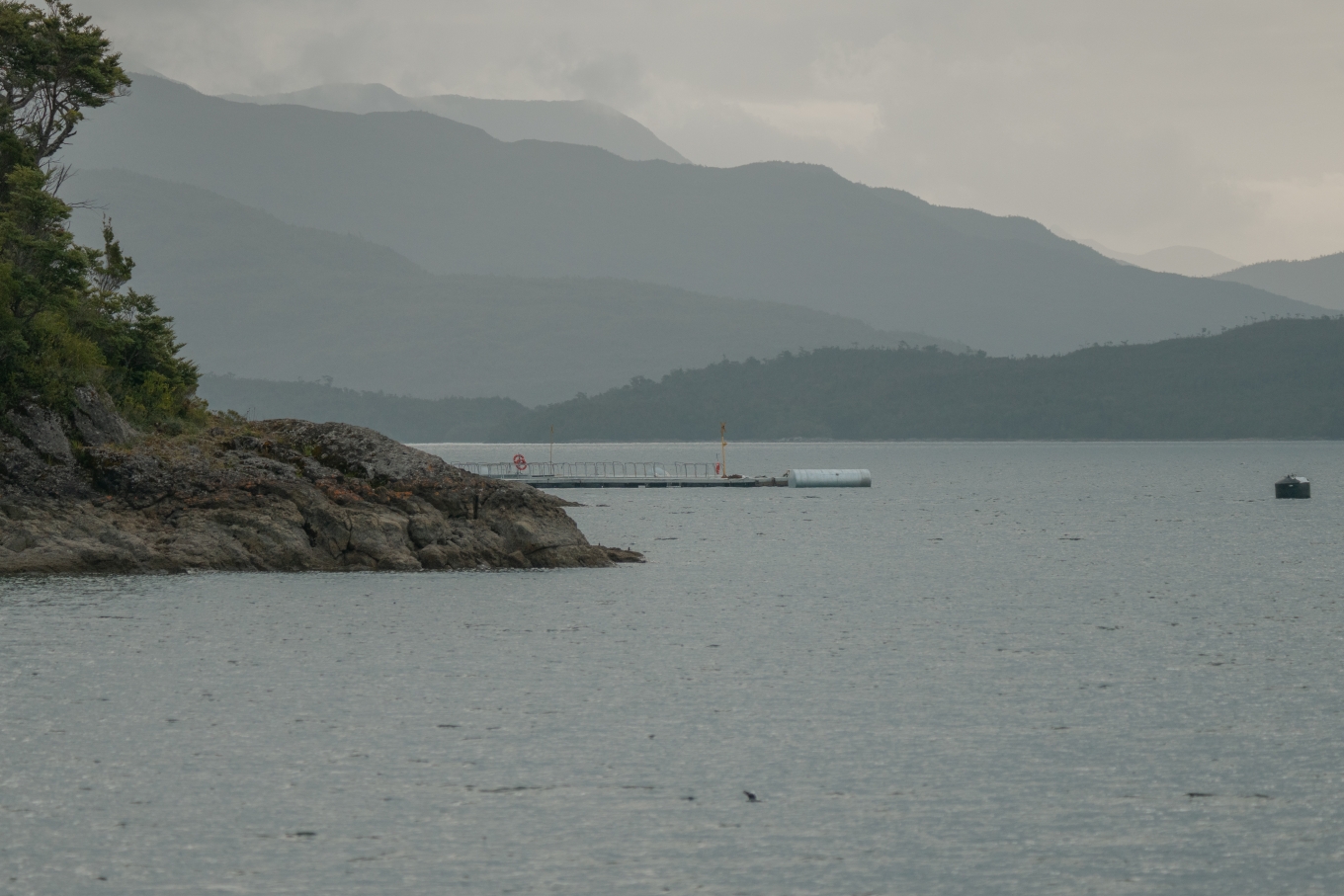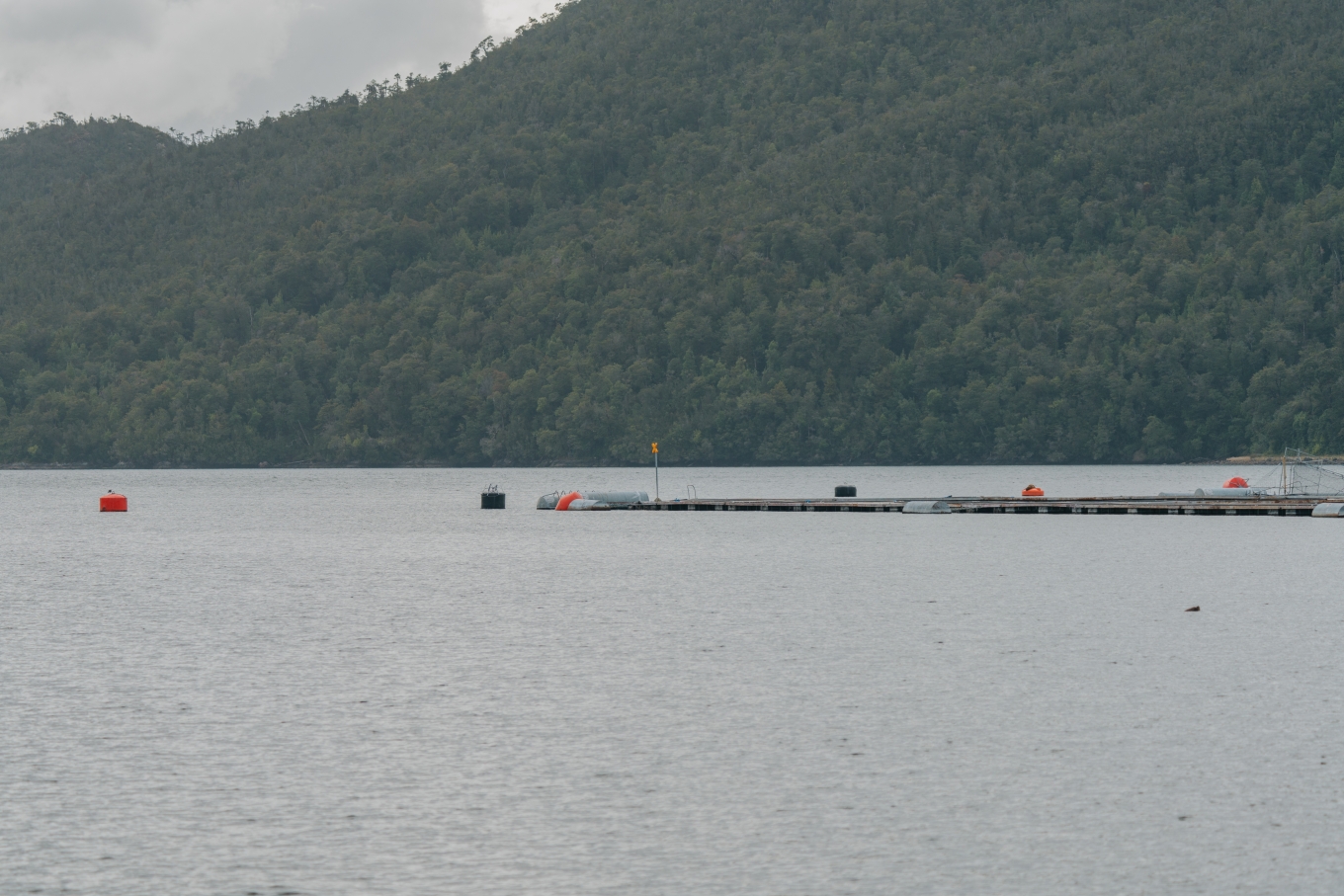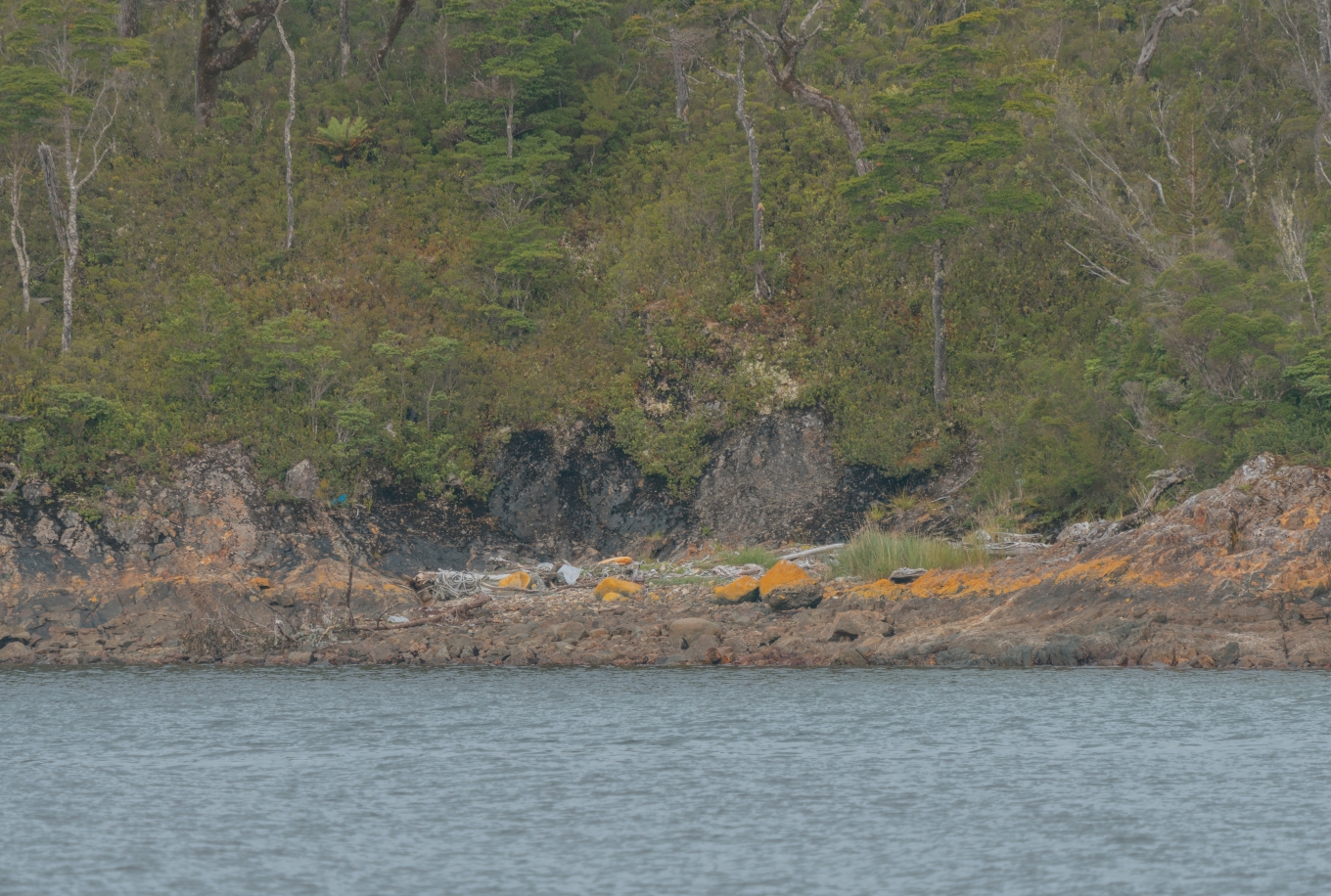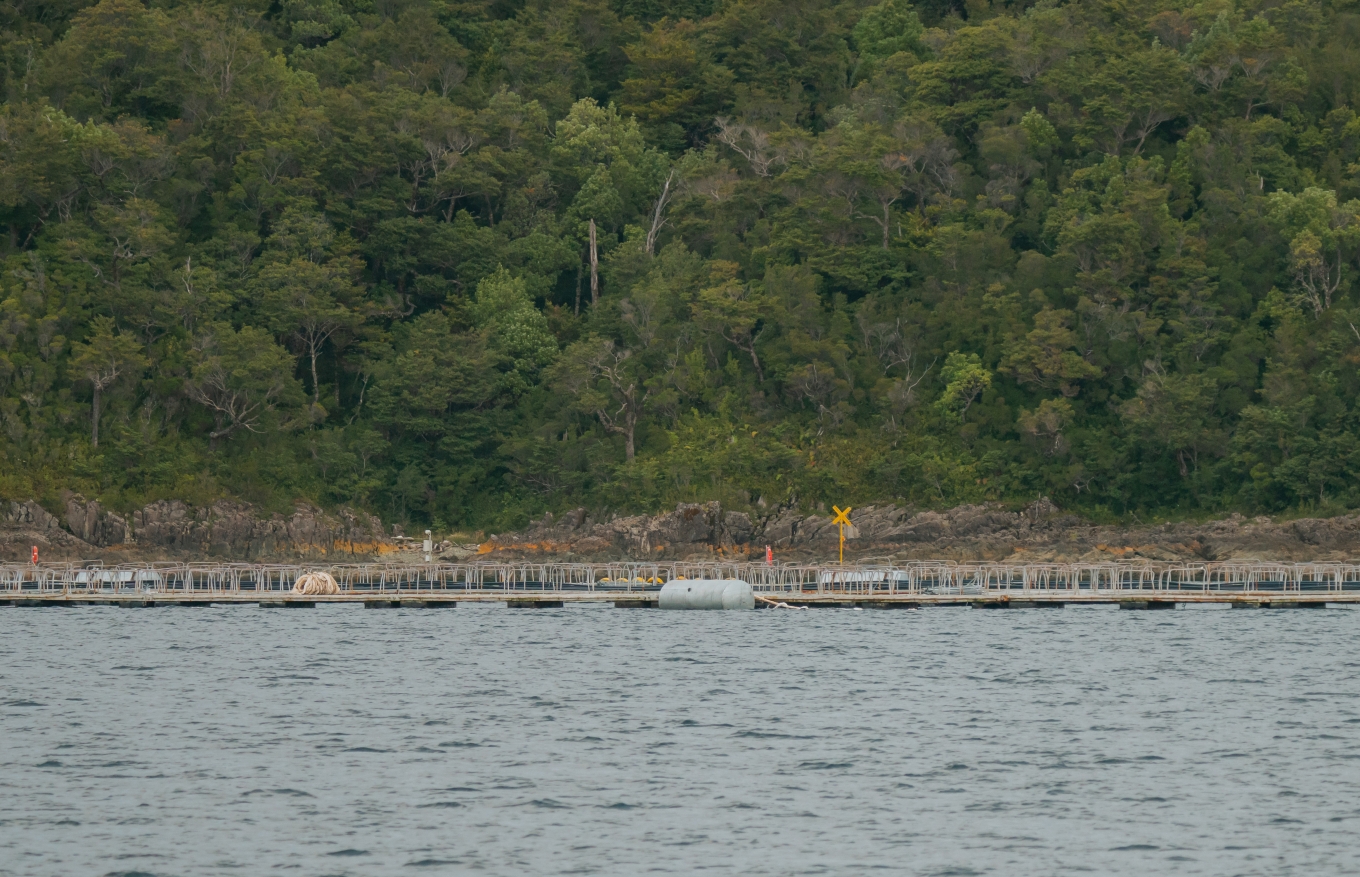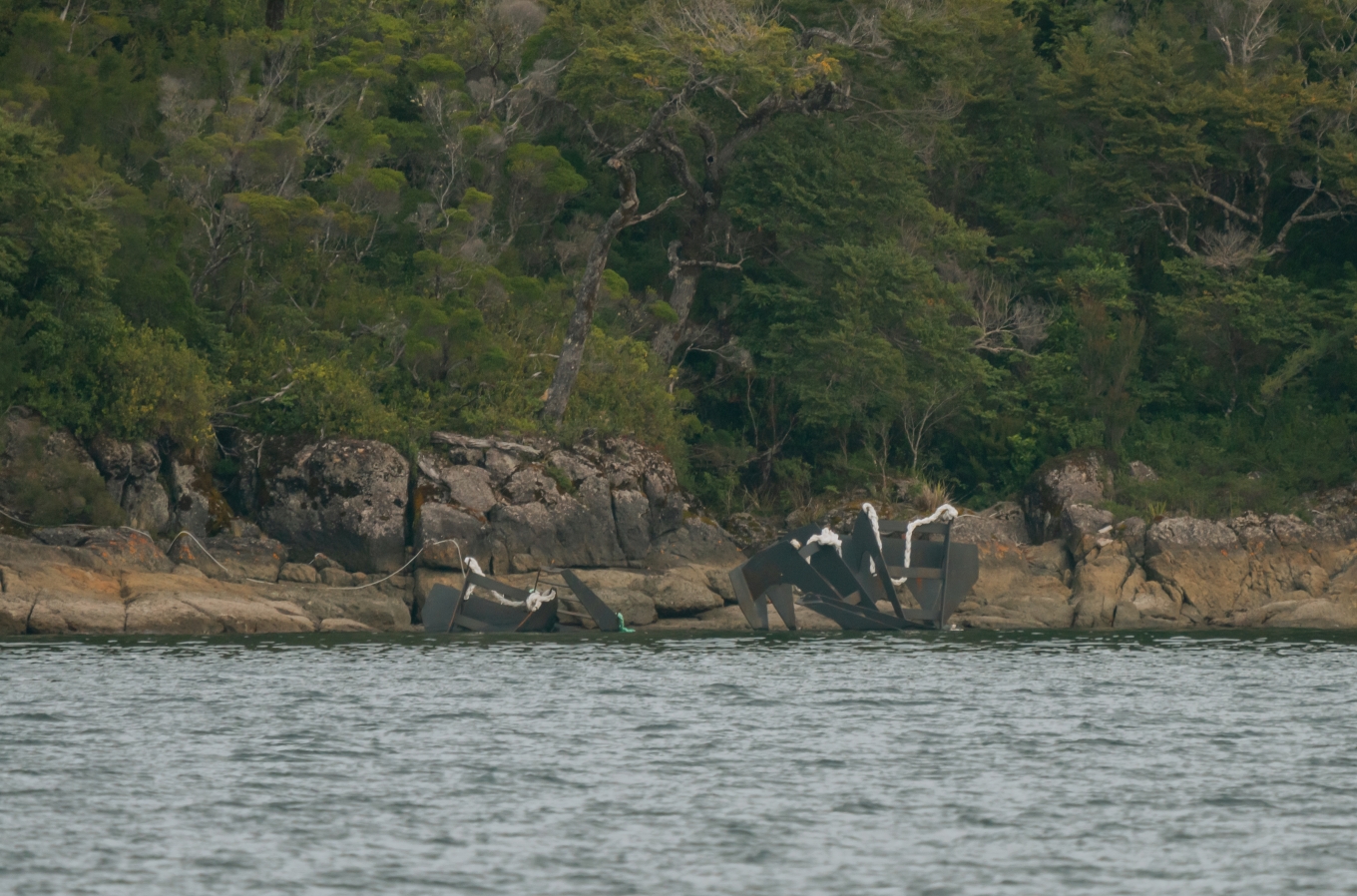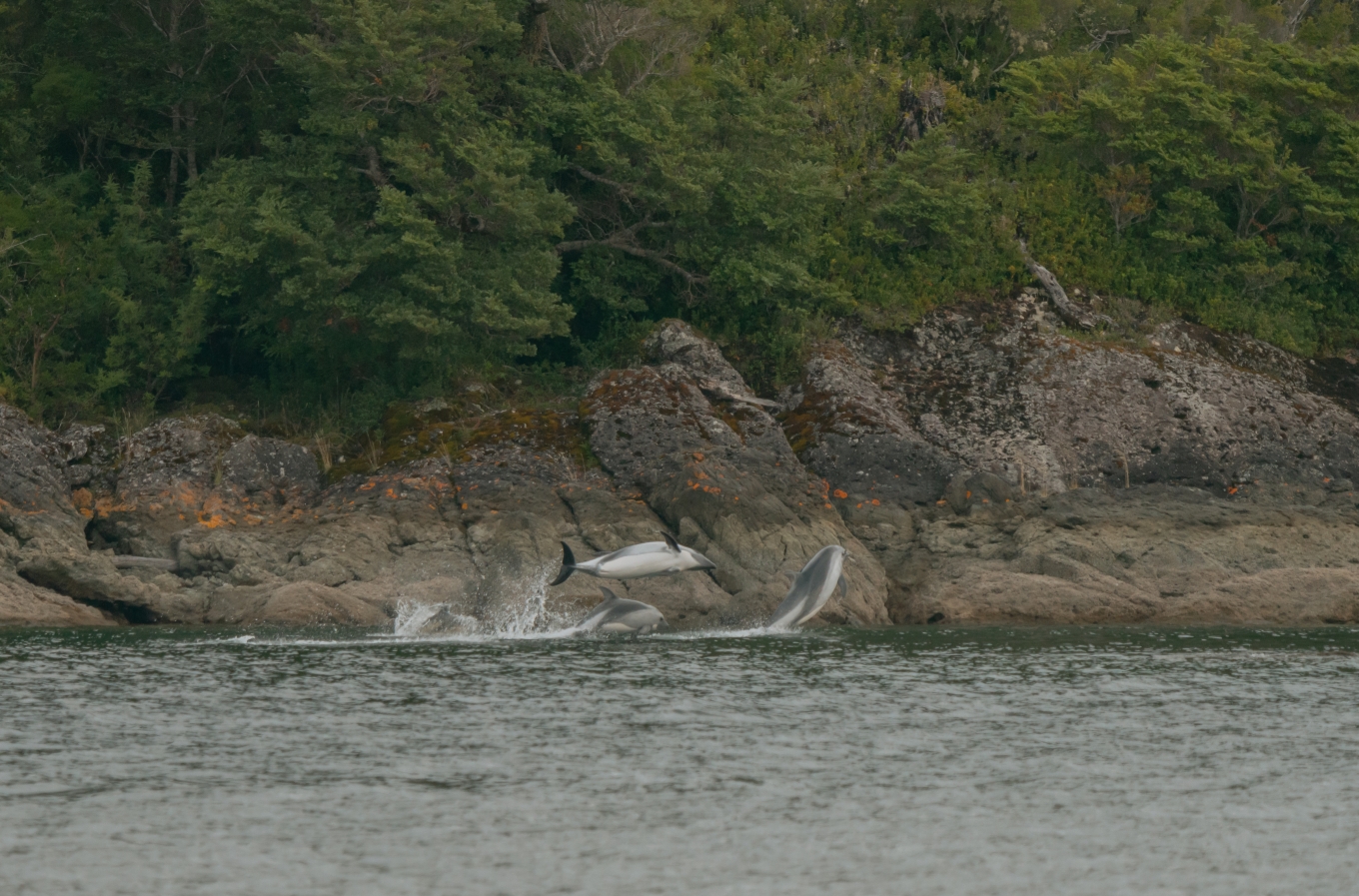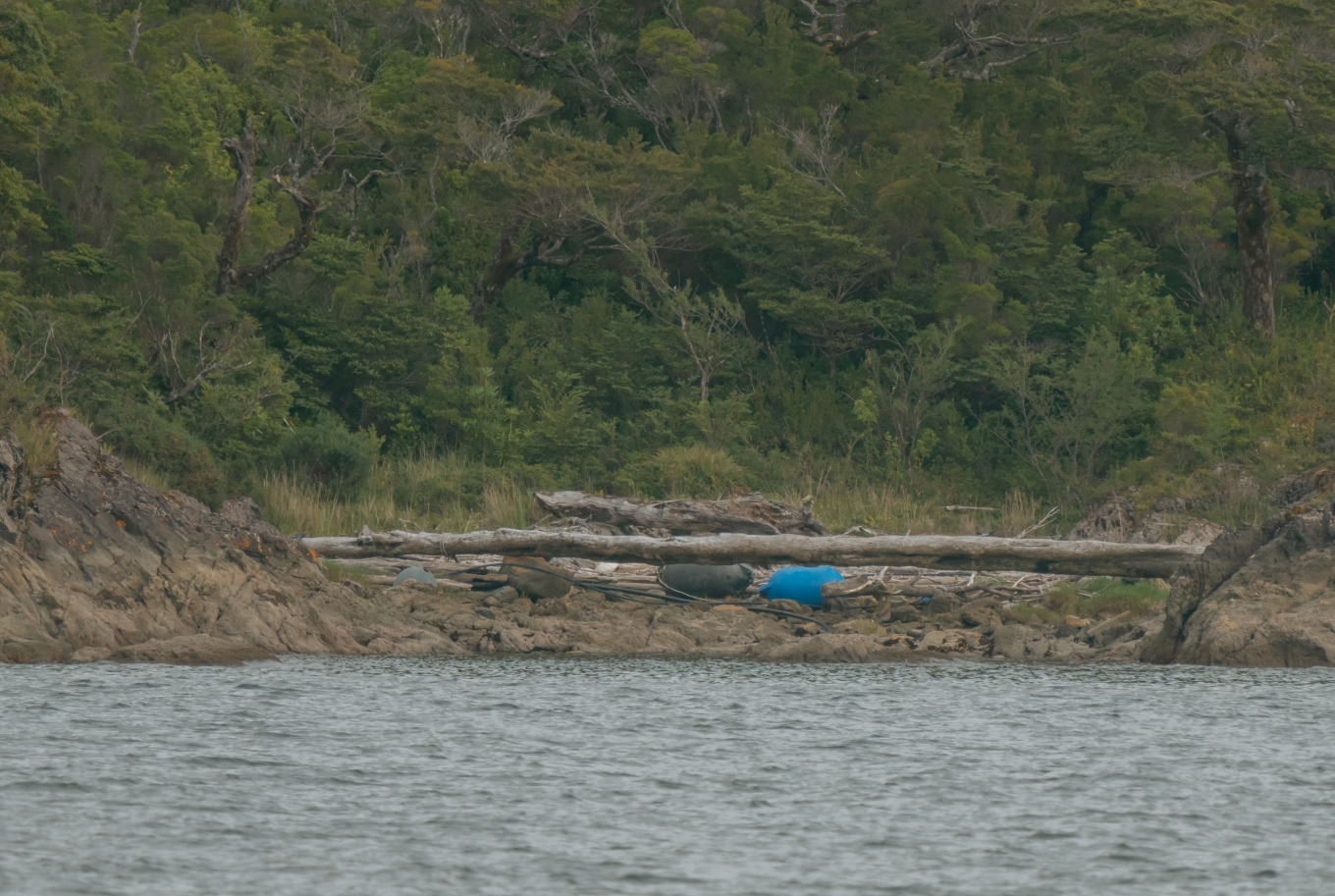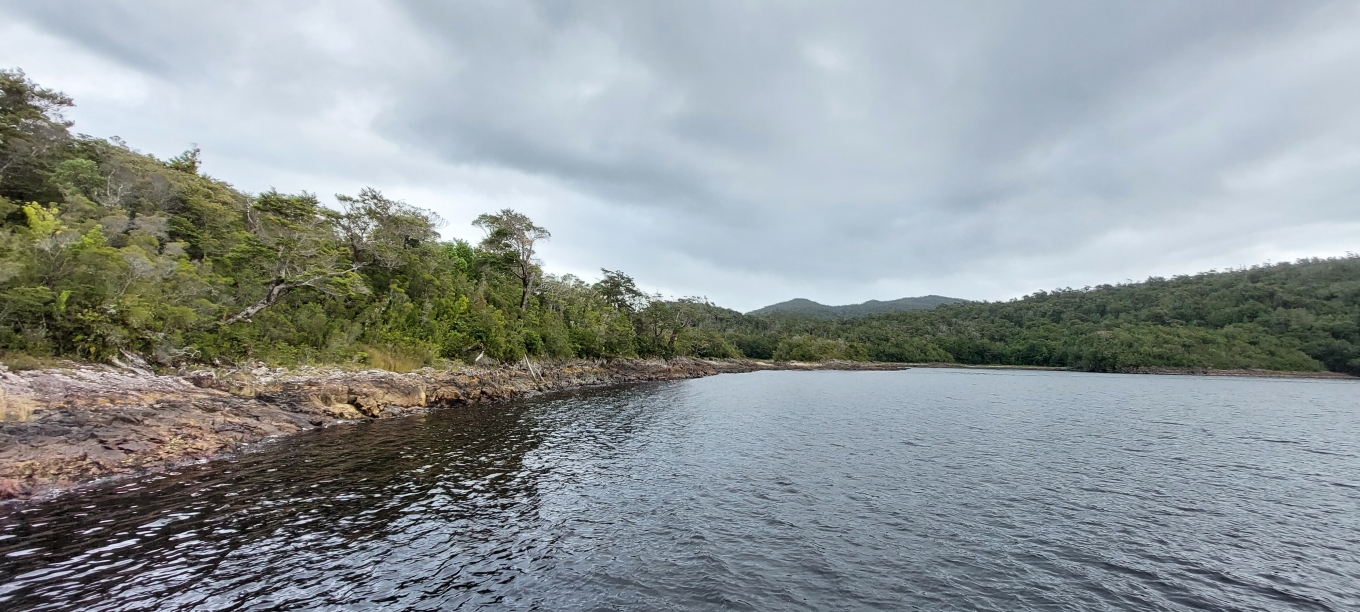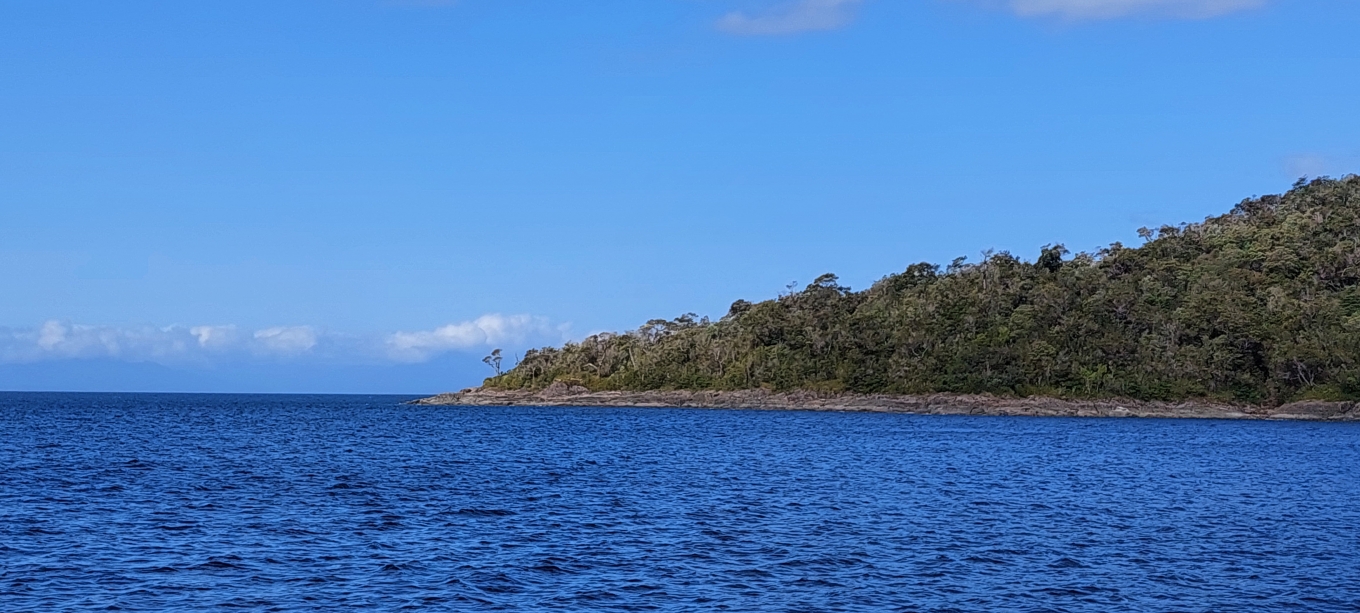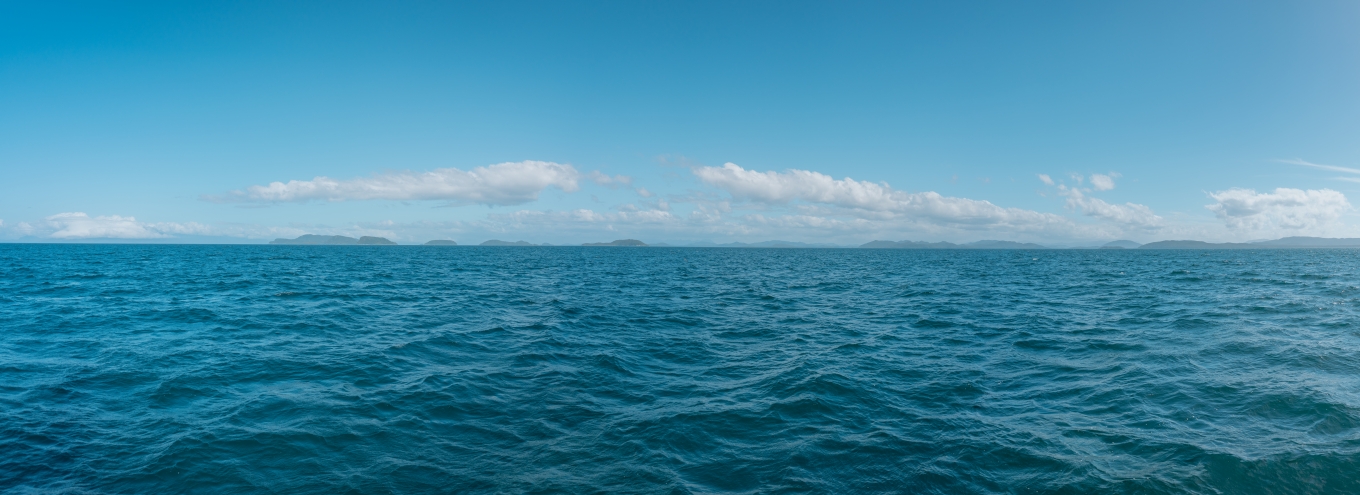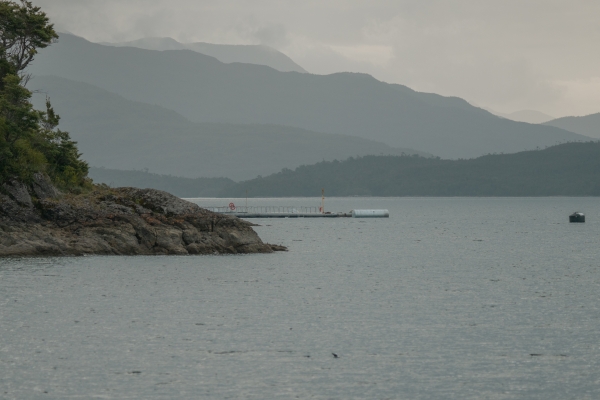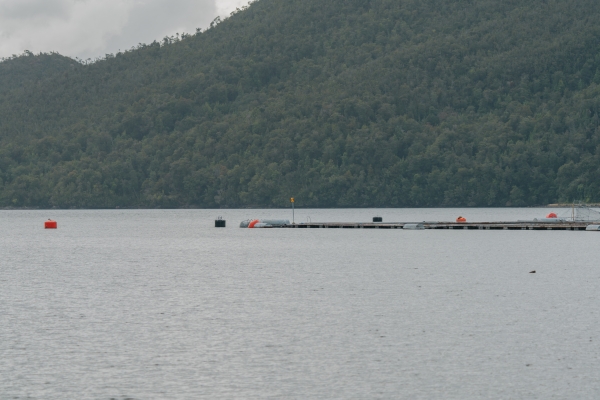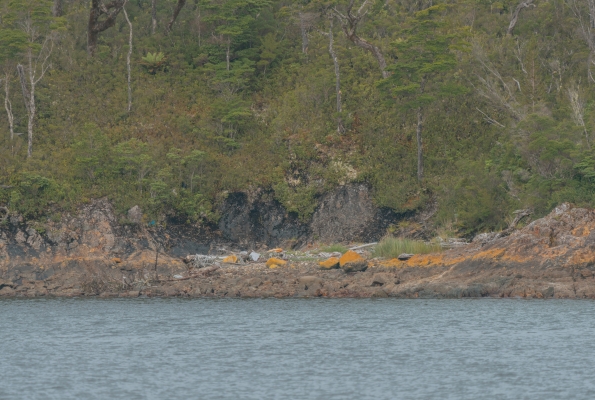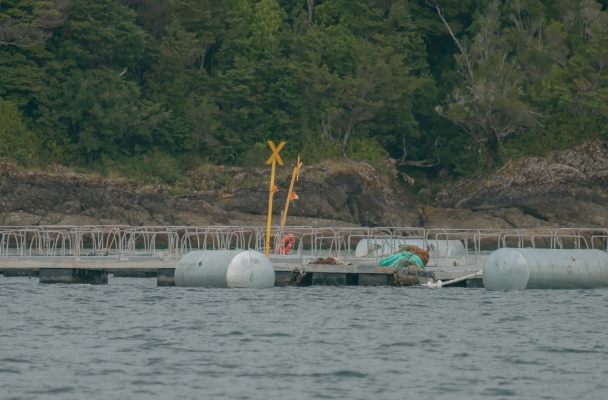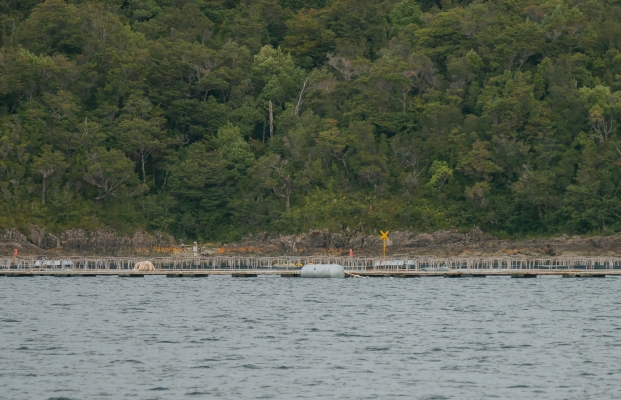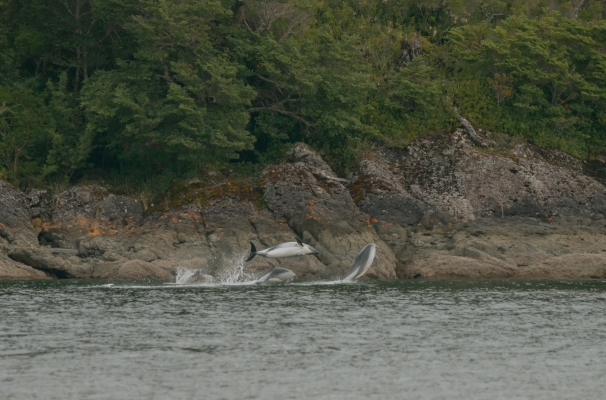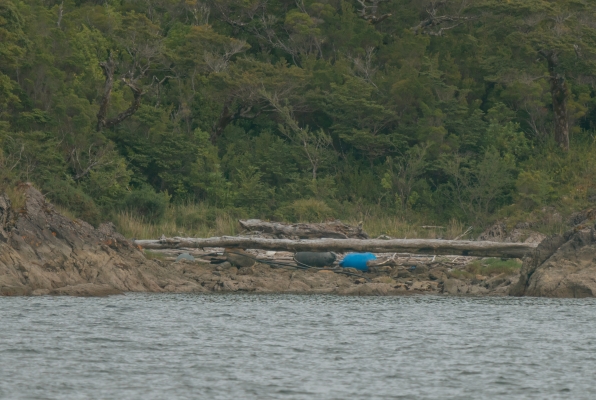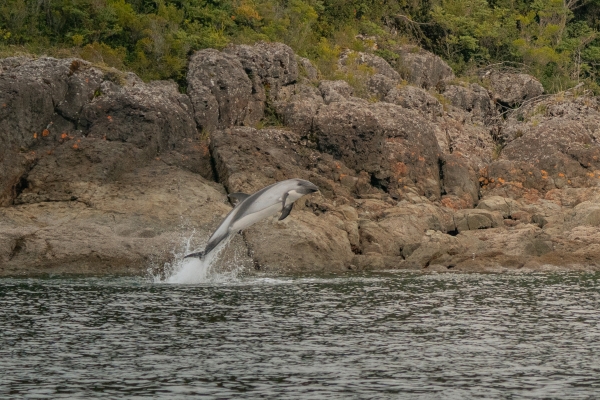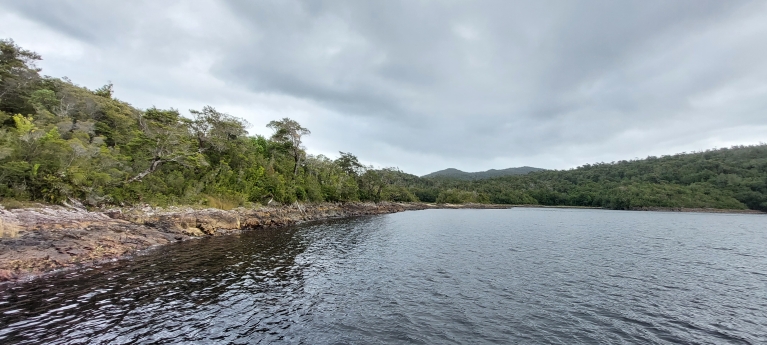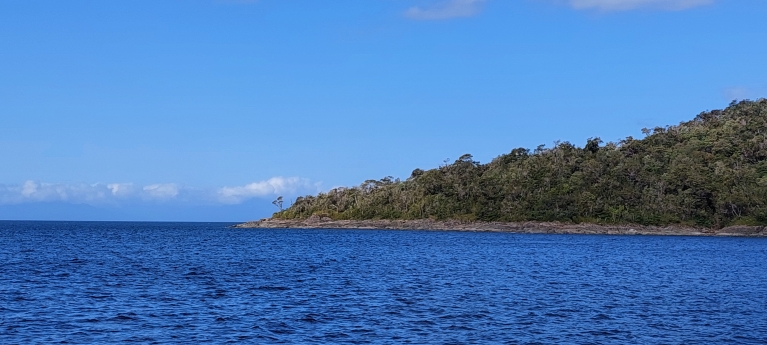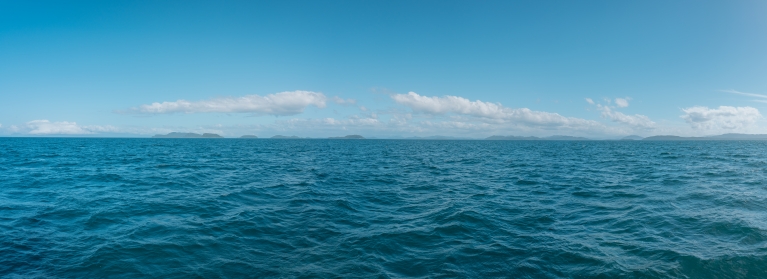Isla Garcia
Island in the Commune of Cisnes, Aysén Region. In the heart of Patagonia, surrounded by national parks, is this unique, completely virgin island, a lung of air and pure, crystalline waters.
One owner, one role, no infrastructure.
Size: 4,200 ha.
15 bodies of water.
Covered by native vegetation such as Tepú, Ciprés de las Guaitecas, Coihue de Chiloé, Tineo.
Access:
You must reac ...
Island in the Commune of Cisnes, Aysén Region. In the heart of Patagonia, surrounded by national parks, is this unique, completely virgin island, a lung of air and pure, crystalline waters.
One owner, one role, no infrastructure.
Size: 4,200 ha.
15 bodies of water.
Covered by native vegetation such as Tepú, Ciprés de las Guaitecas, Coihue de Chiloé, Tineo.
Access:
You must reach Melinka.
From La Paloma Aerodrome in Puerto Montt, daily flights depart through Pewen Servicios Aéreos.
From Melinka you can hire a speedboat service, which in two hours travels 24 nautical miles to reach García Island.
Surrounded by National Parks:
Corcovado National Park.
Magdalena Island National Park.
Las Guaitecas National Reserve.
It is located in the province of Aysén, it includes part of the communes of Cisnes and Aysén, in the central north sector of the Aysén coast, it includes part of the Los Chonos archipelago and the Las Guaitecas archipelago. Some of the islands that make it up are: Forsyth, Level, Tahuenahuec, Benjamín, Cuptana, Jorge, Teresa, Ipún, James, Williams, Melchor, Kent, Lemu, Isquiliac and Victoria.
In its waters, educational activities, adventure tourism, research, artisanal fishing, diving and boat transit to or from Magallanes are carried out.
Climate: It has a temperate humid climate with island characteristics, characterized by high semi-annual rainfall, which fluctuates between 2,000 and 4,000 mm and more. Depending on the geographical location, there is a water surplus all year round, which fluctuates between 100 and 340 mm, depending on the month. The luminosity is low and there is a strong oceanic influence, which acts on the temperature regime, smoothing the daily and annual oscillations. The average temperature in January fluctuates between 10 and 13 °C, while in July it ranges between 4 and 7 °C.
Flora: It contains the vegetation formations of evergreen forest with peat bogs of Los Chonos, composed of: Guaitecas cypress (Pilgerodendron uviferum), Chiloé coigüe (Nothofagus nitida), tepú (Tepualia stipularis), tineo (Weinmannia trichosperma); and the evergreen oceanic scrublands, with Chiloé coigüe (Nothofagus nitida), tepú (Tepualia stipularis) and sharp-leaved mañío (Podocarpus nubigenus).
Wildlife: Because it is an island unit, there are seabirds of the penguin family (Spheniscidae), petrels (Procellariidae), cormorants (Phalacrocoracidae), ducks (Anatidae), plovers (Charadriidae) and seagulls (Laridae), while for The terrestrial species include chucao (Troglodytes aedon), thrush (Turdus falcklandii), kingfisher (Megaceryle torquata), thrush (Curaeus curaeus) and cachaña (Enicognathus ferrugineus).
Among the mammals, both marine and terrestrial, it is possible to find: common fur seal (Otaria flavescens), fur seal (Arctocephalus australis), chungungo (Lontra felina), coypu (Myocastor coypus), güiña (Leopardus guigna) and pudú (Pudu puda).
Island in the Commune of Cisnes, Aysén Region. In the heart of Patagonia, surrounded by national parks, is this unique, completely virgin island, a lung of air and pure, crystalline waters.
One owner, one role, no infrastructure.
Size: 4,200 ha.
15 bodies of water.
Covered by native vegetation such as Tepú, Ciprés de las Guaitecas, Coihue de Chiloé, Tineo.
Access:
You must reach Melinka.
From La Paloma Aerodrome in Puerto Montt, daily flights depart through Pewen Servicios Aéreos.
From Melinka you can hire a speedboat service, which in two hours travels 24 nautical miles to reach García Island.
Surrounded by National Parks:
Corcovado National Park.
Magdalena Island National Park.
Las Guaitecas National Reserve.
It is located in the province of Aysén, it includes part of the communes of Cisnes and Aysén, in the central north sector of the Aysén coast, it includes part of the Los Chonos archipelago and the Las Guaitecas archipelago. Some of the islands that make it up are: Forsyth, Level, Tahuenahuec, Benjamín, Cuptana, Jorge, Teresa, Ipún, James, Williams, Melchor, Kent, Lemu, Isquiliac and Victoria.
In its waters, educational activities, adventure tourism, research, artisanal fishing, diving and boat transit to or from Magallanes are carried out.
Climate: It has a temperate humid climate with island characteristics, characterized by high semi-annual rainfall, which fluctuates between 2,000 and 4,000 mm and more. Depending on the geographical location, there is a water surplus all year round, which fluctuates between 100 and 340 mm, depending on the month. The luminosity is low and there is a strong oceanic influence, which acts on the temperature regime, smoothing the daily and annual oscillations. The average temperature in January fluctuates between 10 and 13 °C, while in July it ranges between 4 and 7 °C.
Flora: It contains the vegetation formations of evergreen forest with peat bogs of Los Chonos, composed of: Guaitecas cypress (Pilgerodendron uviferum), Chiloé coigüe (Nothofagus nitida), tepú (Tepualia stipularis), tineo (Weinmannia trichosperma); and the evergreen oceanic scrublands, with Chiloé coigüe (Nothofagus nitida), tepú (Tepualia stipularis) and sharp-leaved mañío (Podocarpus nubigenus).
Wildlife: Because it is an island unit, there are seabirds of the penguin family (Spheniscidae), petrels (Procellariidae), cormorants (Phalacrocoracidae), ducks (Anatidae), plovers (Charadriidae) and seagulls (Laridae), while for The terrestrial species include chucao (Troglodytes aedon), thrush (Turdus falcklandii), kingfisher (Megaceryle torquata), thrush (Curaeus curaeus) and cachaña (Enicognathus ferrugineus).
Among the mammals, both marine and terrestrial, it is possible to find: common fur seal (Otaria flavescens), fur seal (Arctocephalus australis), chungungo (Lontra felina), coypu (Myocastor coypus), güiña (Leopardus guigna) and pudú (Pudu puda).

